This content has been archived. It may no longer be relevant
The journey North from Ushuaia, took us back across Tierra del Fuego and a repeat visit to the famous bakery at Tolhuin to pick up supplies on our journey North. After passing through the border formalities at San Sebastian we went to the recently re-established king penguin colony at Onasin on the Chilean side of the island. Some of the penguins were still incubating eggs, while others were feeding their young, which were considerably fatter than the adults. Their plumage of the orange sash that sits between their black heads and white breasts makes them one of the most striking birds in the wild.
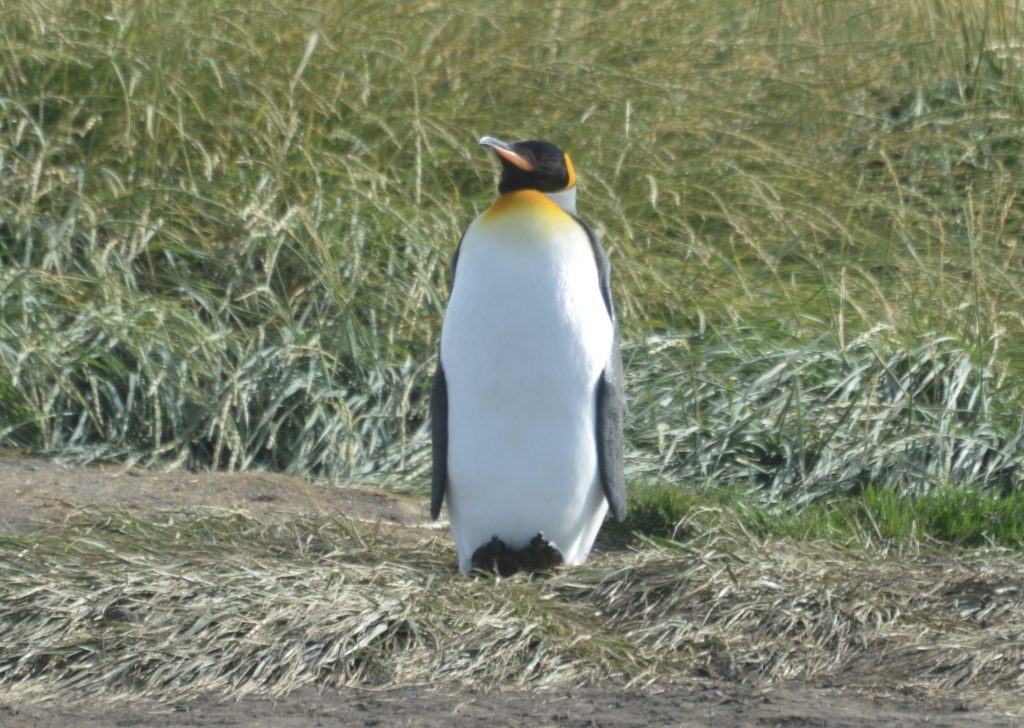 Northern Tierra del Fuego was very windy and consists of scrubland populated by a number of guanacos, and is quite a contrast to the Southern part of the island with its mountains and more fertile land. Back in the 1940s the Argentine military imported 25 pairs of Canadian beavers in a bid to start a fur trading business. Unfortunately with no natural predators the beavers have multiplied massively and have caused an environmental catastrophe with the damage they have caused to the trees and rivers in Tierra del Fuego and the fur trade has failed to generate any significant revenue. Despite there being a price on each beaver head they continue to wreak havoc with the environment. With the decimation of the local Indian population caused through imported European diseases and illness caused through the unhygienic clothes they were made to wear, the island has suffered massively.
Northern Tierra del Fuego was very windy and consists of scrubland populated by a number of guanacos, and is quite a contrast to the Southern part of the island with its mountains and more fertile land. Back in the 1940s the Argentine military imported 25 pairs of Canadian beavers in a bid to start a fur trading business. Unfortunately with no natural predators the beavers have multiplied massively and have caused an environmental catastrophe with the damage they have caused to the trees and rivers in Tierra del Fuego and the fur trade has failed to generate any significant revenue. Despite there being a price on each beaver head they continue to wreak havoc with the environment. With the decimation of the local Indian population caused through imported European diseases and illness caused through the unhygienic clothes they were made to wear, the island has suffered massively.
 Notwithstanding this, Tierra del Fuego and Patagonia continues to be a very dramatic and remote landscape. Bruce Chatwin’s In Patagonia eloquently captures much of the magic of the landscape through the many stories and anecdotes in his book.
Notwithstanding this, Tierra del Fuego and Patagonia continues to be a very dramatic and remote landscape. Bruce Chatwin’s In Patagonia eloquently captures much of the magic of the landscape through the many stories and anecdotes in his book.
Back on the mainland our next destination was Rio Gallegos the last major town in mainland Argentina. Rio Gallegos is a largish town and effectively acts as the regional centre for Southern Argentina. Unlike Ushuaia it does not cater for the tourist industry, but very much services the agri-businesses of the area. Its main street is Ave Kirchner, named after the previous leftist / populist president of Argentina, and reflects the long history of political activism in the region and one suspects arguments about land and wealth distribution. On the other side of the political spectrum, the town has the ubiquitous La Anonomia Supermarket, which is owned by two of the wealthiest Argentinian families, who also own a number of estancias in the region.
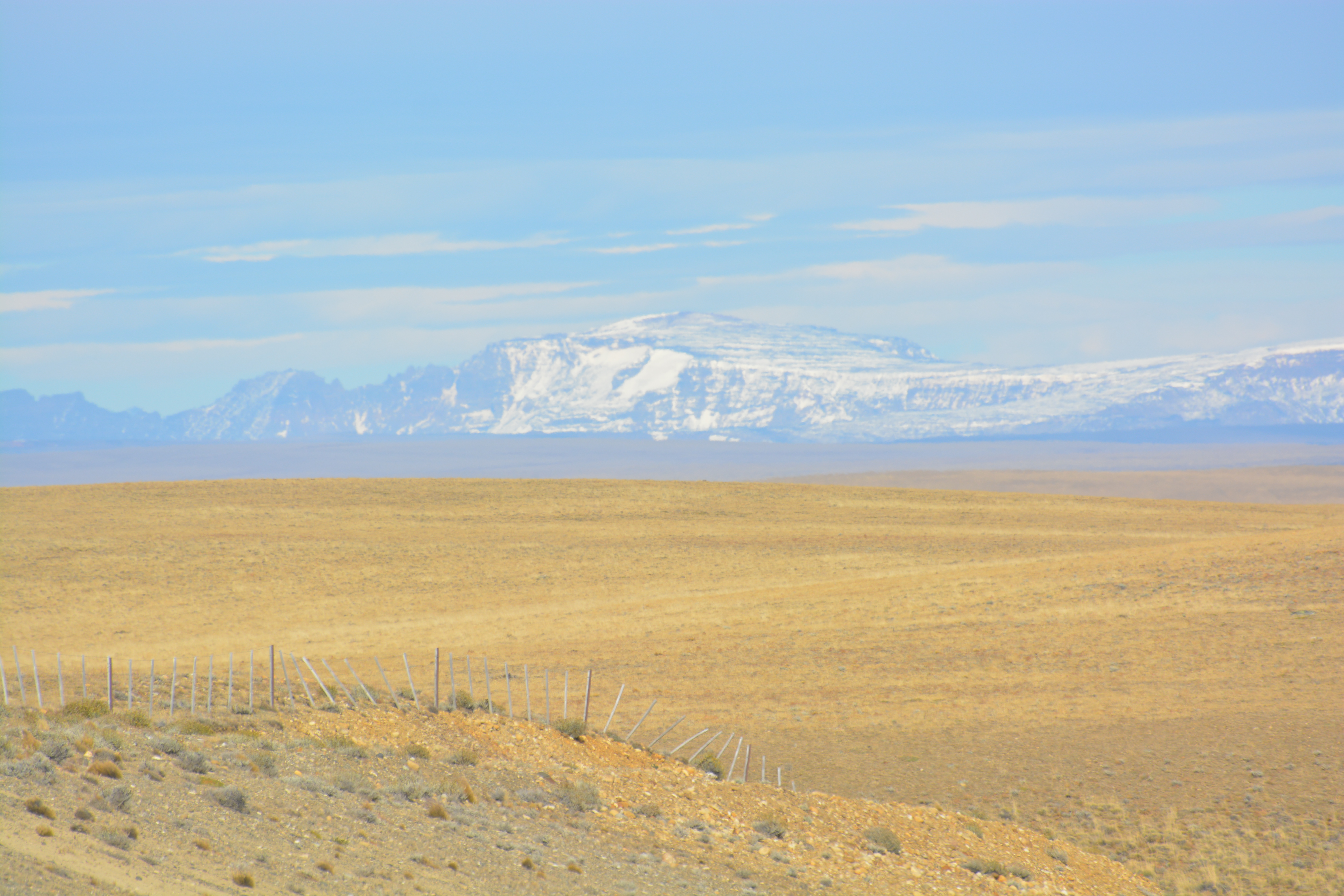
One of Rio Gallegos’ other claims to fame is that in 1905 the Banco de Londres y Tarapaca was the infamous location of one of los bandidos norteamericanos (Butch Cassidy and the Sundance Kid) bank robberies, which then heralded a spate of further robberies all over Patagonia.
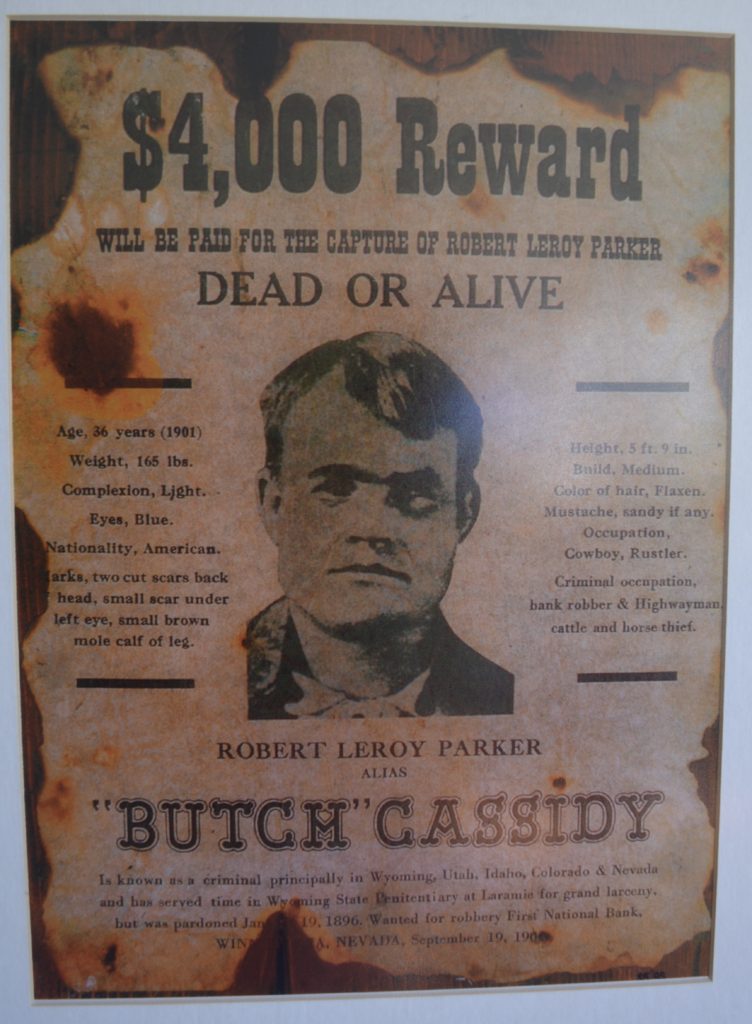 Much of the land is given over to sheep and some cattle ranching. The estancias are very large and the main buildings typically are surrounded by eucalyptus trees and driveways marked out by strings of poplar trees. Many of the original sheep farmers came from the UK or the nearby Falkland Islands. The indigenous guanaco and rhea population share the land with the sheep. Guanacos live in small herds of five to ten animals, in addition to solitary males. The fences of the estancias do not impede the animals ability to roam the land, though occasionally one gets caught on the fences and makes a meal for the abundant birdlife, including condors, hawks, eagles and the surprisingly tame caracaras. At the top of the local food chain is the puma, which are reasonably widely present, but stay well hidden.
Much of the land is given over to sheep and some cattle ranching. The estancias are very large and the main buildings typically are surrounded by eucalyptus trees and driveways marked out by strings of poplar trees. Many of the original sheep farmers came from the UK or the nearby Falkland Islands. The indigenous guanaco and rhea population share the land with the sheep. Guanacos live in small herds of five to ten animals, in addition to solitary males. The fences of the estancias do not impede the animals ability to roam the land, though occasionally one gets caught on the fences and makes a meal for the abundant birdlife, including condors, hawks, eagles and the surprisingly tame caracaras. At the top of the local food chain is the puma, which are reasonably widely present, but stay well hidden.
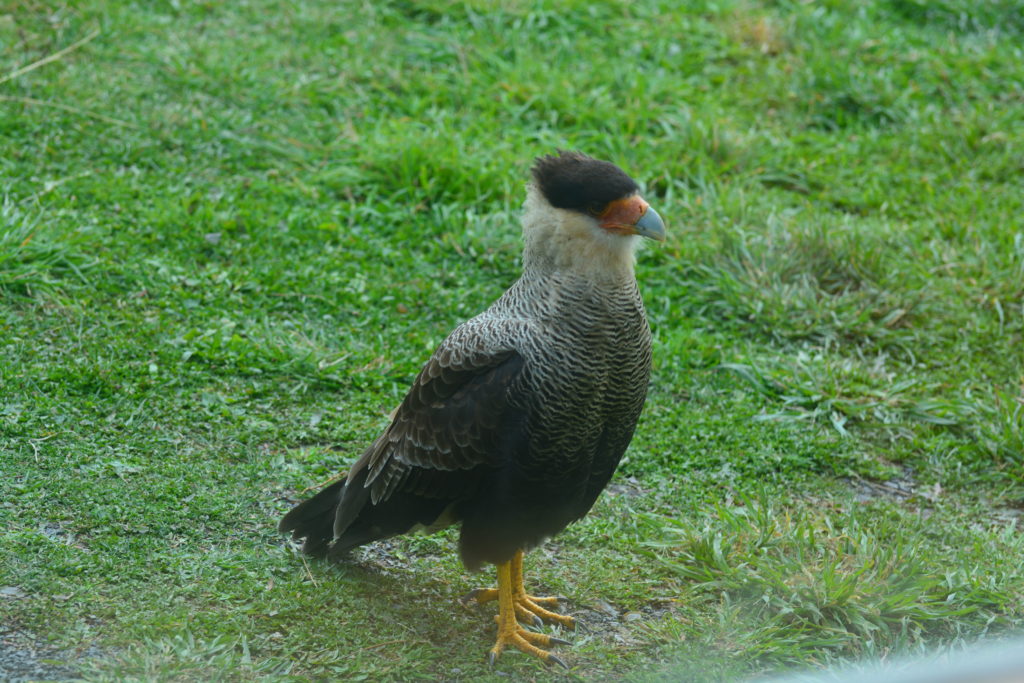 There is a historical rivalry between Argentina and Chile in the region and in parts the bizarre border between the two nations is disputed, albeit a frozen one. Chatting with our Chilean guides, when questioning them over their football loyalties involving Argentina is quite revealing. Most Chileans would naturally support Brazil over Argentina, like many nationalities, however when changing Brazil for another South American country the loyalties were more mixed, and seemed to depend on the percentage of European ancestry the individual had, with those with a higher percentage of European blood plumping for Argentina, whereas the more Indian blood plumping for the other Andean country. Argentina is in many ways the most European South American country.
There is a historical rivalry between Argentina and Chile in the region and in parts the bizarre border between the two nations is disputed, albeit a frozen one. Chatting with our Chilean guides, when questioning them over their football loyalties involving Argentina is quite revealing. Most Chileans would naturally support Brazil over Argentina, like many nationalities, however when changing Brazil for another South American country the loyalties were more mixed, and seemed to depend on the percentage of European ancestry the individual had, with those with a higher percentage of European blood plumping for Argentina, whereas the more Indian blood plumping for the other Andean country. Argentina is in many ways the most European South American country.
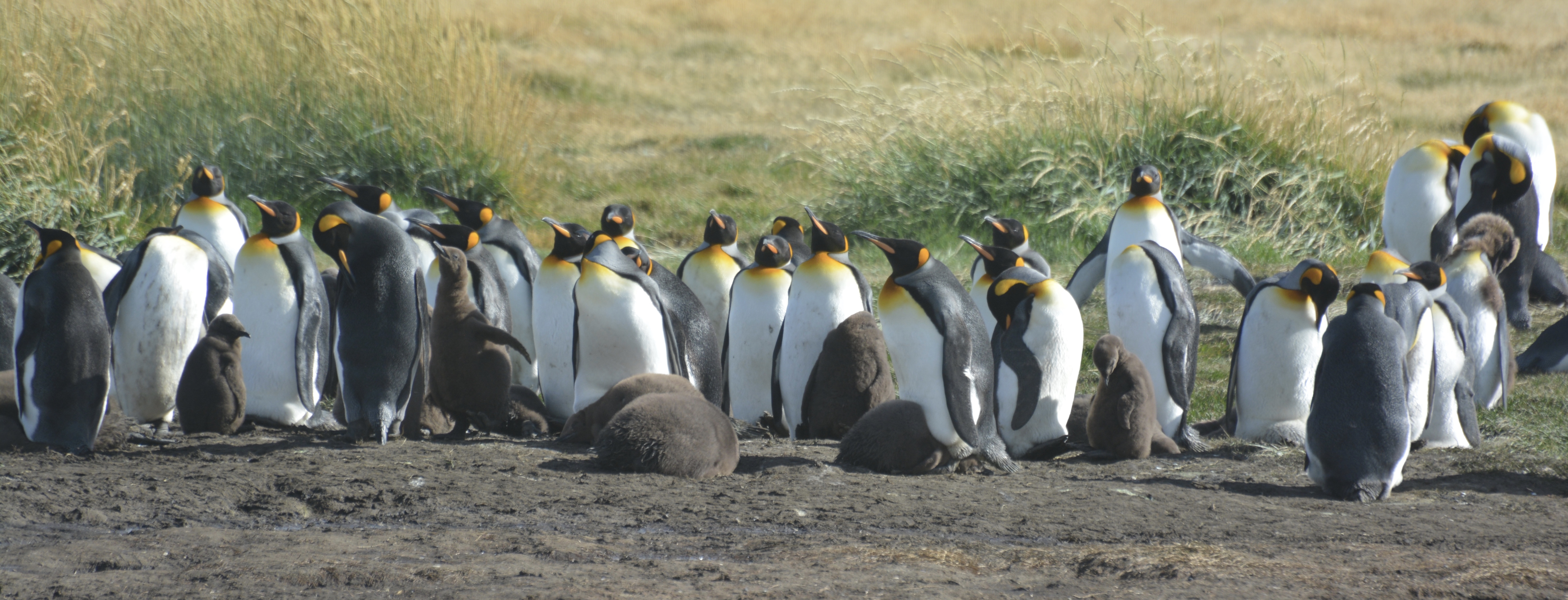
Date: 22/03/2018 to 24/03/2018
